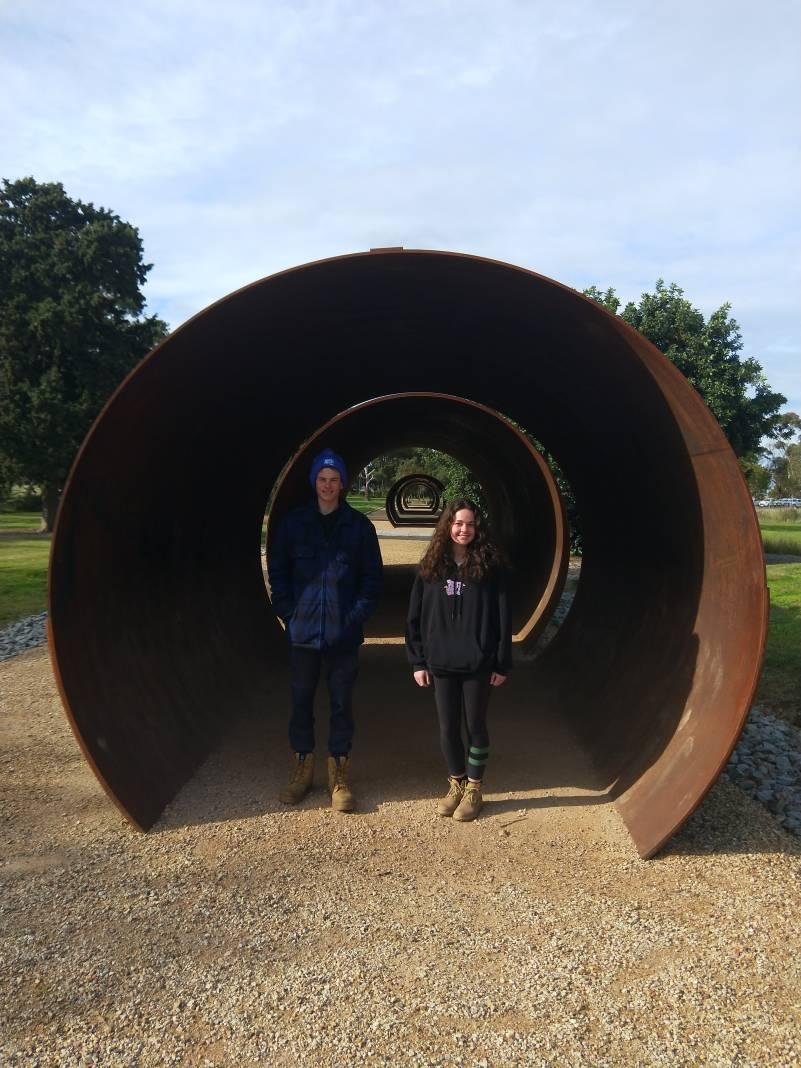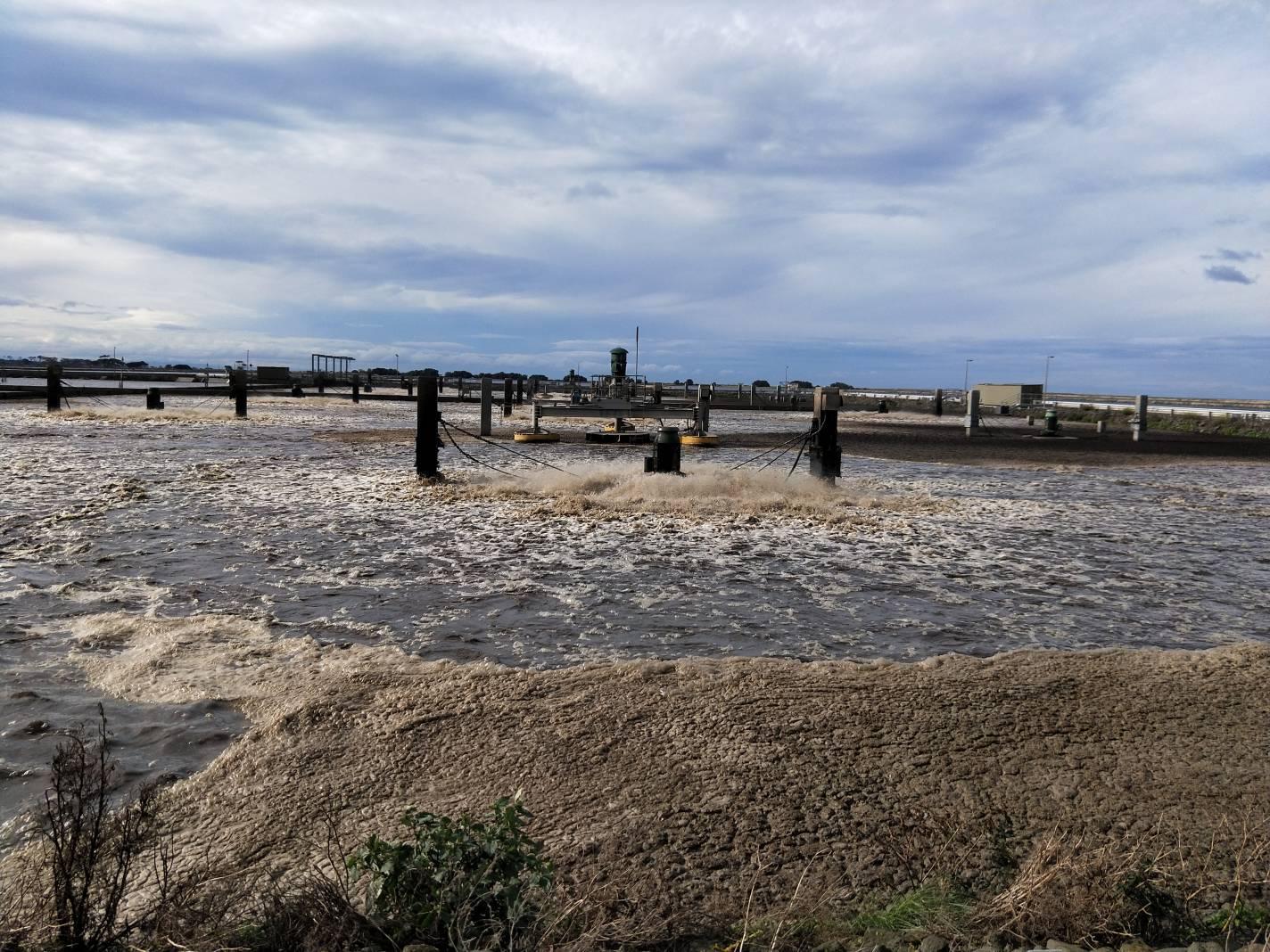As part of the unit on sustainability and water management as a learning outcome, the VCE Agriculture and Horticulture class had an insightful look into how 52% of Melbourne's wastewater is treated on an excursion to the Werribee Wastewater Treatment Plant.
Our group learnt the significance of sustainability throughout the wastewater treatment process: from capturing byproducts including combusting methane as biofuel to generate electricity. To the many uses of biosolids including use as fertiliser, fill for road construction, or creating bricks for construction.
The largest end product of wastewater treatment is the volume of treated wastewater itself, which ends up being discharged to wetlands and Port Phillip Bay, used as irrigation water for crops and farmland, and the wastewater even pumped back to households for restricted household use (gardens and toilets).
Below two students reflect on the excursion:
On Tuesday 13 June, our class went on an excursion to the Werribee Wastewater Treatment Plant. We learnt the different stages of treatment, and how the water was treated and filtered from Pond 1 all the way through to Pond 10 over a period of about 30 days. While on this excursion we learnt about the filtration system and what is done with the water and what uses it has after it has been through all of the stages.
— Olivia V (Year 12 Jade)
We headed out in the early (and cold) hours of the morning to travel to Werribee's Wastewater Treatment Plant. Throughout the day, we were guided by the site workers, who walked us through the intense process of recycling wastewater for use in a sustainable circular production system. We were able to apply how wastewater such as sewage, from all across Victoria, is transported, filtered, and produced as a cleaner recycled alternative, which could be used in areas such as Port Phillip Bay and wetlands for wildlife, to our recent studies in class surrounding water use and soil management. It was a great day out to see how our agricultural theory work is applied in the real world and industry.
— Mia S (Year 11 Green)





